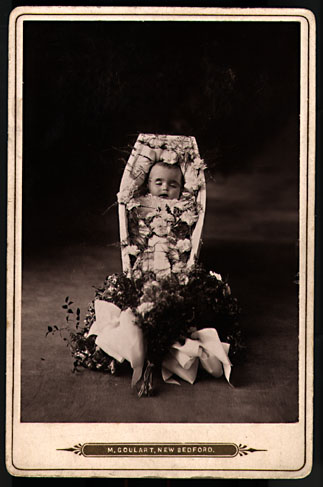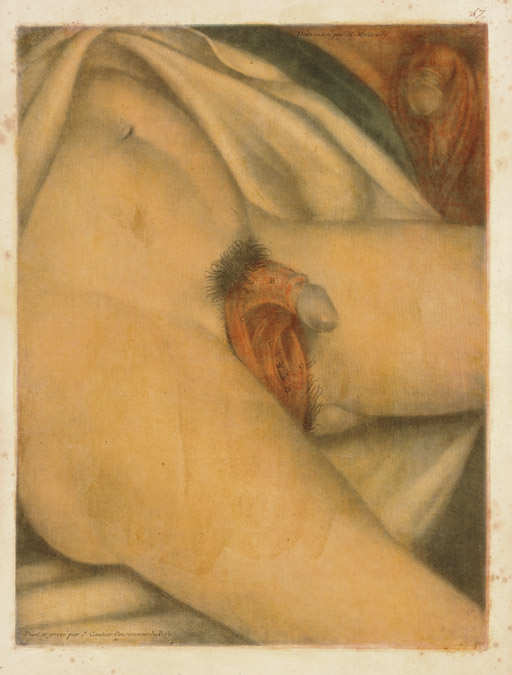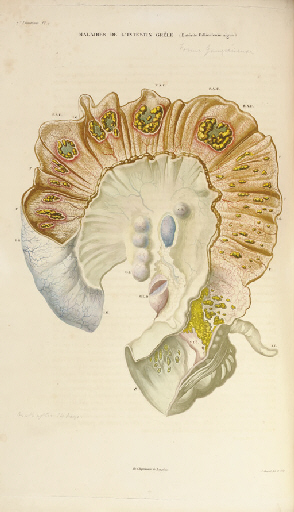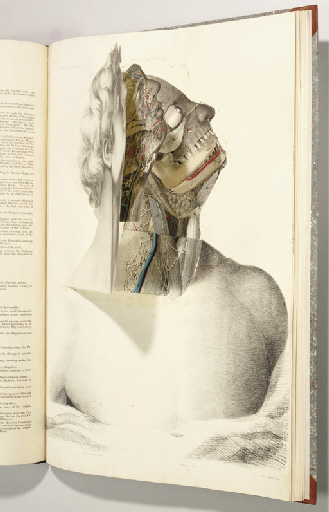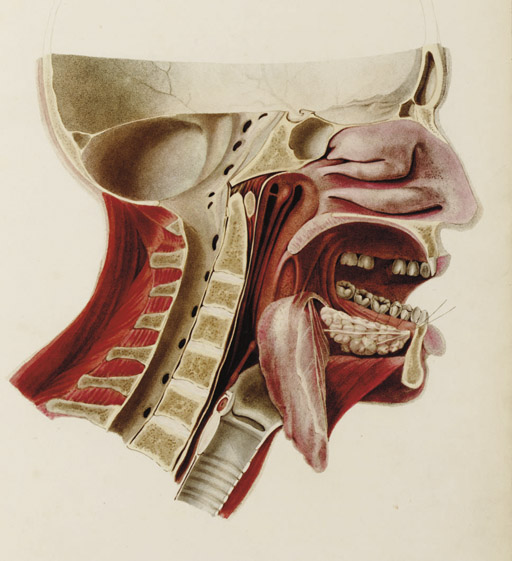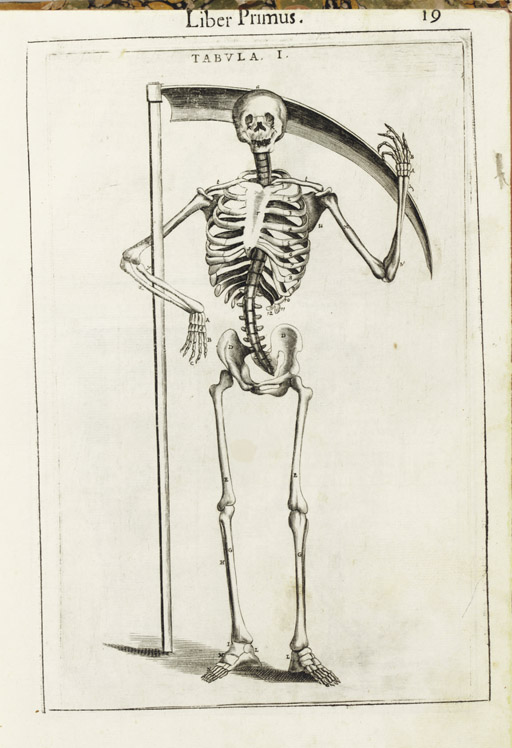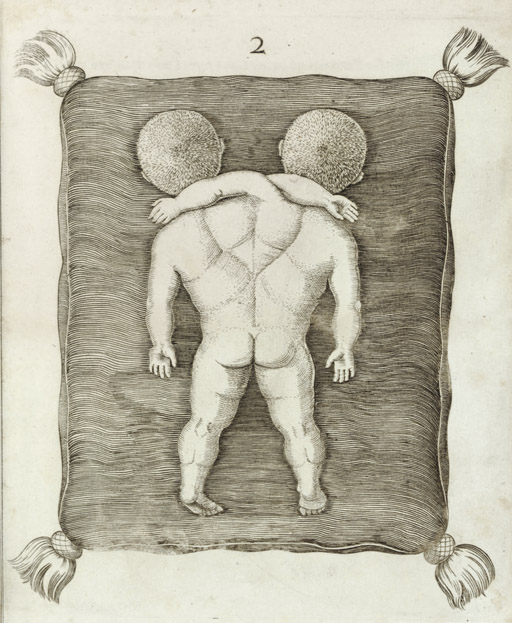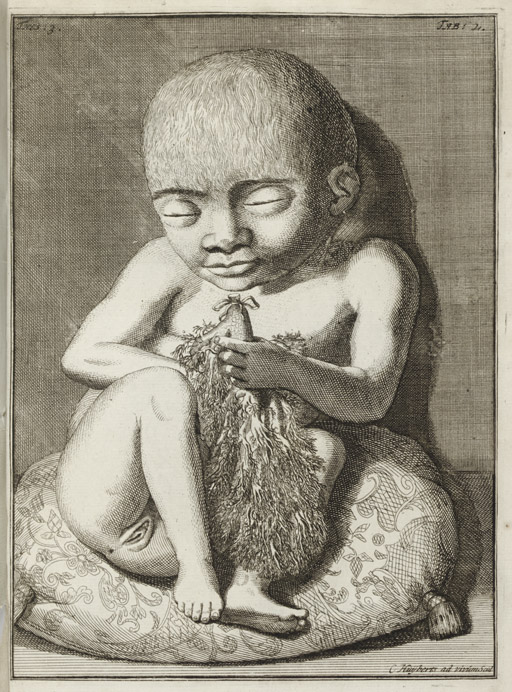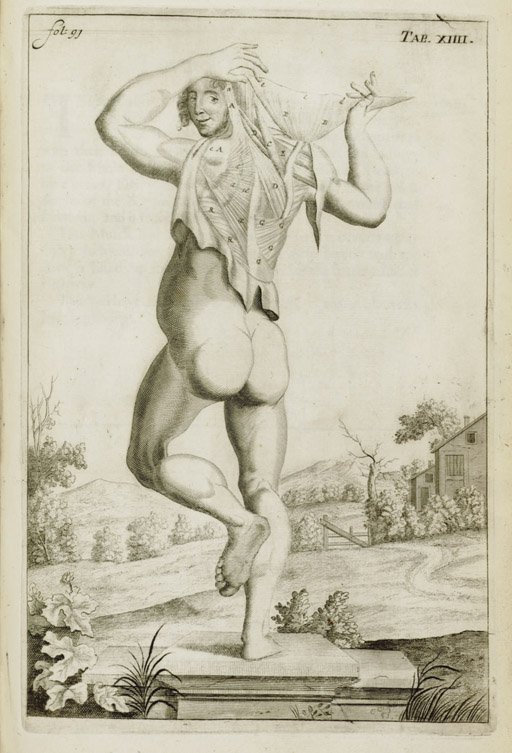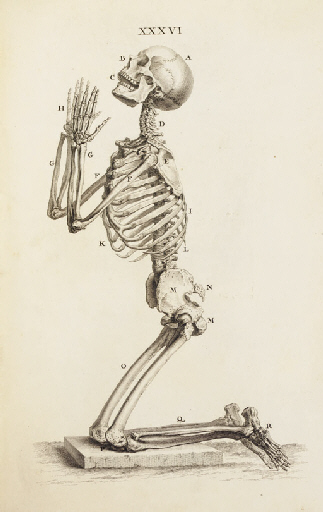



"memento homo, quia pulvis es et in pulverem revertis"
(remember man, that dust thou art, and to dust shalt thou return)
Academia seems to be catching up with our interest in art and death. Case in point--the upcoming conference "Confronting Mortality with Art and Science," taking place October 18-20 in Antwerp, Belgium. The conference features a lineup of medical illustrators, scientific illustrators, artists and scientists (inluding myself) presenting lectures, films and artworks on the topic of mortality. Check out the complete schedule here and the work of contributing artists here.
Its a pretty dreamy lineup, including sessions like "Mortality and its Importance for the Artist," "Science as Art; Art as Science," "Unnatural Death: The ‘Art’ and ‘Science’ of Murder," and "'Tremendum et Fascinans': Mortality and Repetition as Object of Desire in the Work of Edgar Allen Poe." If you happen to be around Antwerp on October 19th, stop by--I will be exhibiting some photographs and presenting a lecture/slideshow entitled "Memento Mori: Pathological Portraits, Anatomical Visions, and Medical Museums of the Western World, right after the film Anatomy of Melancholy.



























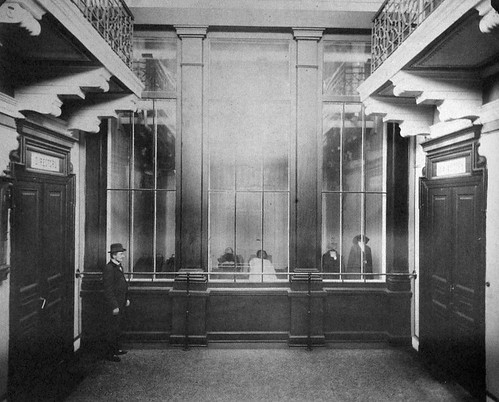
 The book came up repeatedly in my google searches, and was also recommended by a Morbid Anatomy reader (thanks
The book came up repeatedly in my google searches, and was also recommended by a Morbid Anatomy reader (thanks 




